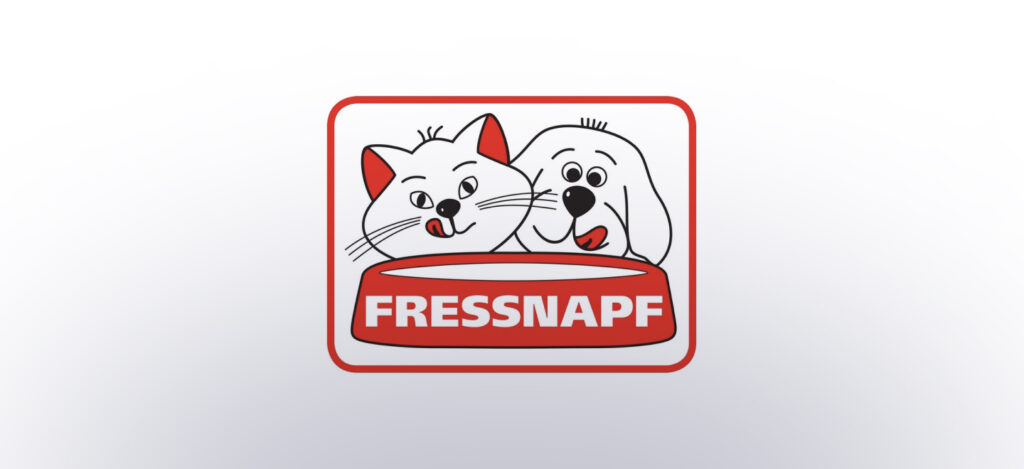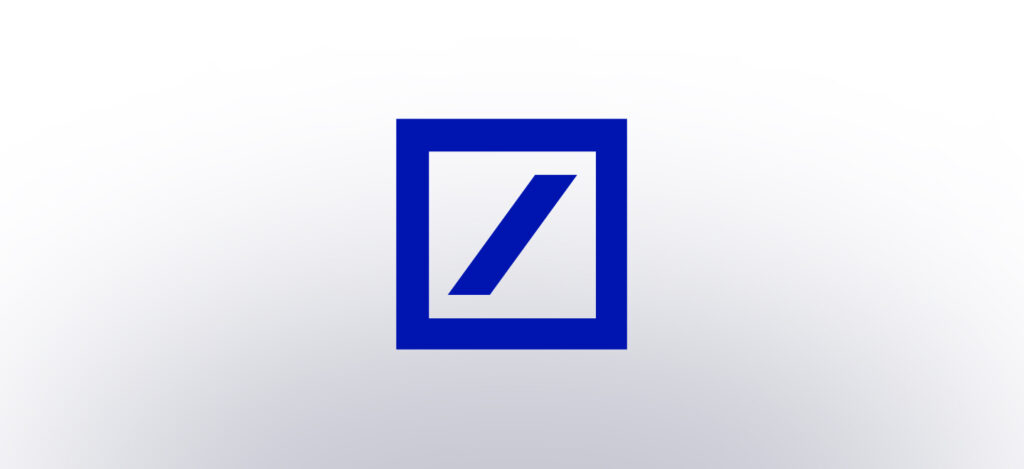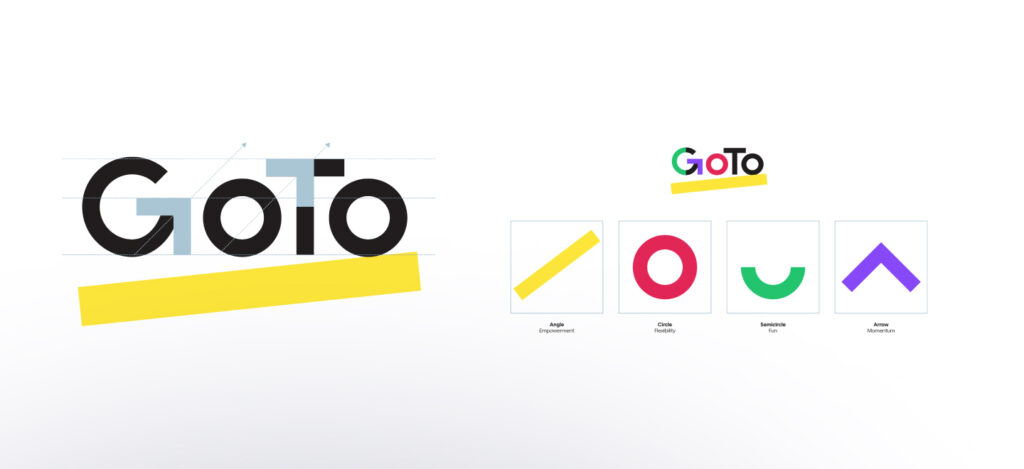Logo design: why is it important to have a unique logo and why is it not?
Logo and logo design is a critical issue of visual identity design. Some say it is the single most important part of the visual identity, others pay almost no attention to it. Who is right? How important is a brand logo? Is it important at all?
Why do you need a logo? (Do you need a logo at all?)
The question might be surprising at first, but in practice we see that it is not obvious for everyone why a logo is necessary—actually, there is no consensus whether it is necessary at all.A logo is significant in your brand’s identity, it can communicate the company’s values and quality. A good logo ensures recognisability and distinguishes the brand.
There have been attempts to market products without a logo, but the conclusion is that you need one.
Before we discuss what makes a good logo, let’s take a look at the major common misconceptions about logo design.
The 3 most popular myths of logo design
When you design a logo, you may fall for one of these misconceptions. Whether you are the client or the designer, try to avoid them.
1. A logo solves everything
Many people think all they need is a single logo and it will solve everything.
To make things clear—this is not about the number of logos, but that there are other elements (fonts, colours, forms etc.) that you need to design, too.
There are cases when this statement is true, but they are the exception, not the rule.
If, for example, you have a product or service that needs no visual identity, a logo may be enough.
2. The logo should tell the whole story
This definitely must be dispelled.
As it’s been mentioned, you need a logo to attract attention, to make your brand easy to remember and recall.
If the logo has too many elements, for example several fonts or graphic images, it will be crowded and difficult to recognise (or recall).

Don’t get me wrong, stories are really important in the life of brands.
3. The logo must describe the activity
This mostly comes from the above misconception.
The problem that results from this is twofold: it makes recognition and recall more difficult, and the business will be associated with the specific activity (in the example below: roofing) and not with the values it provides to the customers.

Why is this a problem?
If you say you’re a great roofer, over time you will acquire a lot of customers who need exactly this service. But with this, you put yourself in a pigeonhole. If the market starts shrinking for some reason in the future (or you simply want to expand your services), you will have to build your new activities almost from scratch.
This may be a disadvantage of having a logo that describes the specific activity. You must always consider whether you are putting yourself in a pigeonhole with your logo.
Now that we have busted all the myths and misconceptions of logo design, let’s take a look at the real role of the logo.
The role of the logo
Many people think that the logo is the key element of branding. This is misguided, though.
Think about an iceberg—only one third of it is above water, two thirds are beneath the surface.
This is true for company logos as well. The elements that make up the personality of the brand, the whys, the goals, the mission and the vision, which hold the visual and verbal identity of the brand above water, are all beneath the surface.
The logo is there to distinguish the brand and make it recognisable and/or unique so that it can stand out from the competitors and rise above the noise of communication.
This is basically a compressed tool that, in itself, can convey the message otherwise expressed by the forms, fonts and other graphic elements used by the brand.
OK, but what makes a logo distinctive and recognisable?
The 2 key features of a good logo
There have been a number of various attempts to define what makes a good logo. So many that it would take too long to list them. However, there are two features that are absolutely necessary for a good (functional) logo.
1. Your logo is not for decoration, it is for communication
Throughout the design process you should keep in mind that a good logo is about communication, not decoration.If there isn’t a single element in the logo that is unnecessary and could be taken away without disrupting the message, you’ve done a good job.

When you take a look at the Deutsche Bank logo, you see static security and dynamic development at the same time. (The message is that your money is safe and it is also increasing.)
If you took away any part of it, the sign could not fulfill its role.
2. The logo is a part of the visual identity – and vice versa
Make sure you don’t see the logo as an isolated element that is separate from the other visual elements of the brand.
Let’s take a look at GoTo (previously: LogMeIn) to see what this means exactly.

The letters G, T and O can be easily divided into geometric forms. They also have a 45 degree direction with the arrows hidden in G and T, which symbolises advancement.
These elements are also present in other parts of the visual identity.
They even have their own message, as you can see in the above image.In the design process, you don’t have to focus on the logo. A good way to go is to start working on the visual identity and you can build the logo later from the graphic elements you get in the process.
If you would like to read more about LogMeIn’s rebranding, read this article.
Summary
The logo is an important part of the visual identity—but it’s not the only one.
This is especially important when you communicate with customers and designer and graphic designer colleagues. It is essential that the logo should not be your only focus during the design process.
Keep in mind that a logo doesn’t have to serve all branding functions. Actually, it has only one function: to distinguish the brand.
The question you must ask is this:
Does the current or new logo of the company rise above the communication noise of the competitors?
Finally, you must consider how you can make the logo the starting point of the brand’s visual language.
Of course you can have a logo that is not connected to the visual identity. But most of the time it would mean passing up a great opportunity.
If you would like to explore this topic, check out how a logo is created. This article about the steps of logo design discusses this in detail.
I hope this article helped you understand the complexities of logo design. (I’d appreciate if you let me know by clicking on yes or no below.)
I will be especially grateful if you share it on social media along with your comments so that it can spark meaningful conversations among professionals.
